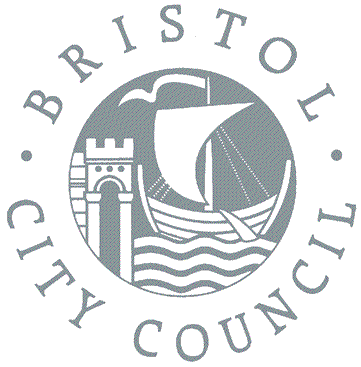Ceramic Moneybox

Ceramic moneybox
A barrel-shaped ceramic moneybox was found during a watching brief at 22-25 Queen Square in context 005 (SF 1).
It is made of pipeclay and is hand-modelled rather than being wheel-thrown or moulded. It stands 98mm high, has a maximum diameter of 64mm and a diameter of 46mm at its single intact end.
The moneybox has been carefully modelled to resemble a wooden barrel with vertical staves inscribed, each approximately 14mm wide, and raised hoops at each end—6 hoops at the intact end and 4 at the other. There is an almost central slot for inserting coins in the area of the staves. This was intended to be 4mm wide but has been damaged. On each side of the slot is an inscribed initial ‘H’ each approximately 7mm high.
The intact end of the barrel has three planks defined, the central plank having an inscribed number #8216;2#8217; (5mm high) and at one end a spigot hole 3mm in diameter.
The other end of the barrel has been crudely removed, presumably to extract the money it contained.
Ceramic moneyboxes are common but no similar pipeclay examples have been found in a search of the available literature.
Other modelled pipeclay objects are known, such as the figurine from Pottergate in Norwich (Margeson 1993, 219, fig.168.1791) and the three figurines from Exeter. All are fragmentary but that from Norwich appears to be a man wearing 17th-century costume and came from garden soils dating to the period 1690 to 1760. Those from Exeter are both male and female and wear late 17th-century costume. Margeson (1993, 219) refers to a pipeclay figurine from Southampton in armour and dated to the 17th century. All these examples are considered to be toys.
A pipeclay lion was found in a clay tobacco pipe maker’s kiln waste dump from St Bartholomew Street in Exeter dating to the period 1690 to 1730 (Allan 1984, 282, fig.155.11). This had been produced in two moulds rather than hand-modelled, and as such had been made in a similar way to a clay tobacco pipe. However, this is the only known example of an object other than a clay tobacco pipe or a wig-curler having been conclusively made by a pipe maker.
The Queen Square barrel probably dates to the late 17th/early 18th century. It is a rare object that may have been made by a clay tobacco pipe maker but could also have been produced by a toy maker who specialised in such objects.
References
Allan, J.P. 1984. Medieval and post-medieval finds from Exeter, 1971-1980. Exeter Archaeological Reports 3.
Margeson, S. 1993. Norwich households: the medieval and post-medieval finds from the Norwich Survey excavations 1971-1978. East Anglian Archaeology Report 58.
Tags: bristol, ceramic, post-medieval
- Categories
- Events
Excavations
Finds
Survey
BaRAS is registered as an organisation with the Chartered Institute for Archaeologists
All material © copyright BaRAS 2004 – 2016




